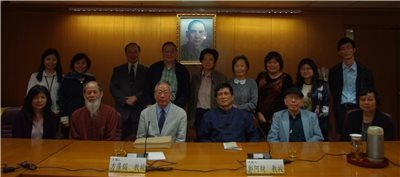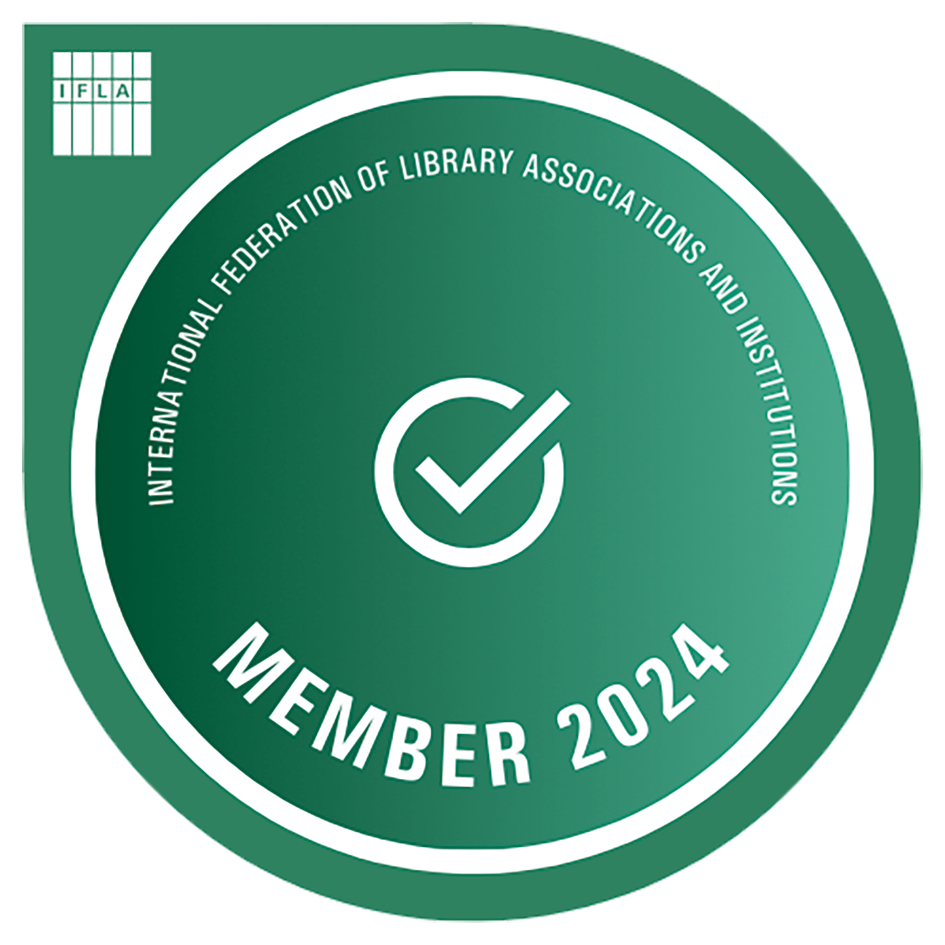News & Events
- 2010-12-03

There are a total of 12,921 titles (135,477 volumes) of rare books produced before 1795 in National Central Library’s collection, including handwritten Dunhuang Buddhist scriptures, block print and manuscripts from the Song, Yuan, Ming, and Qing dynasties, as well as those from Korea and Japan. They are treasure gems for those researching Chinese history and culture. Among these are scrolls from the Dunhuang Caves of Gansu Province that were discovered in the early 1900s. They are priceless for those wanting to understand life in ancient Chinese society and Buddhist history. Most of the library’s collection of Dunhuang manuscripts were purchased from Li Shengduo old collection, with another portion coming from purchases made in Beijing and Shanghai during 1946-1949. All of the scrolls are Chinese Buddhist scriptures, except for three scrolls of Daoist scriptures and three scrolls of Buddhist scriptures written in Tibetan. As a way to make NCL’s Dunhuang collection more internationally known, on November 11, 2010 Fang Guangchang, professor of philosophy from Shanghai Normal University, was invited to NCL to appraise and inventory the scrolls. Professor Fang, who has been lauded by some as the foremost authority on Dunhuang scholarship, was in Taiwan that month at the invitation of Academia Sinica’s Institute of History and Philology. He is not only familiar with Southeast Asian studies, he’s quite adept at Buddhist studies as well. He has served as assistant director of special collections in the National Library of China, which has some 10,000 Dunhuang manuscripts in its collection. He has also travelled to England to participate in the restoration and compilation of the Dunhuang scrolls there, as well as evaluated those in Japan. In short, he’s an internationally renowned scholar. NCL has the most Dunhuang scrolls of any institution in Taiwan. Before Professor Fang’s visit, he had already used book The Dunhuang Collection at National Central Library to analyze the number of pages, lines, and characters on the scrolls. He also accessed some of the content via the Chinese Buddhist Electronic Text Association’s website, comparing the beginning and endings of select scrolls. Because of this, he was able to examine all of the scrolls at NCL in a limited amount of time. He confirmed that although these scrolls came from antique collectors, none of the scrolls were forgeries. Furthermore, they are in relatively good condition. The earliest scroll, Maha-Parinirvana-Sutra, dates back to Eastern Jin (first half of the 5th century). Other handwritten scrolls come from the following periods: Northern and Southern Dynasties (5-6th centuries), Sui dynasty (6-7th centuries), Tang dynasty (7-8th centuries), the period of Tibetan rule (8-9th centuries), and the Uighur Guiyijun Army period (9-10th centuries). Of these, those of the Tang period are most numerous. Professor Fang also gave a speech on December 3 on “Dunhuang Scrolls, Then and Now: Their Collection, Appraisal, and Restoration,” in order to share his findings in recent years with the academic community. He spoke of how the manuscripts were found, their circulation and collection, several types of new bindings and layout that have not been seen before, as well as the appraisal and restoration of the manuscripts. Professor Fang’s visit to Taiwan ended in December, after which he composed “An Itemized Catalog of Dunhuang Manuscripts at National Central Library” from his research at the library. He will continue to discuss with NCL how to add to the itemized catalog, especially as it regards the relationship between NCL’s Dunhuang collection and that of other institutions, the overall value of NCL’s collection.
- Resources
- NEWS & Events
- ABOUT NCL
- International Cooperation and Exchange
- Services






